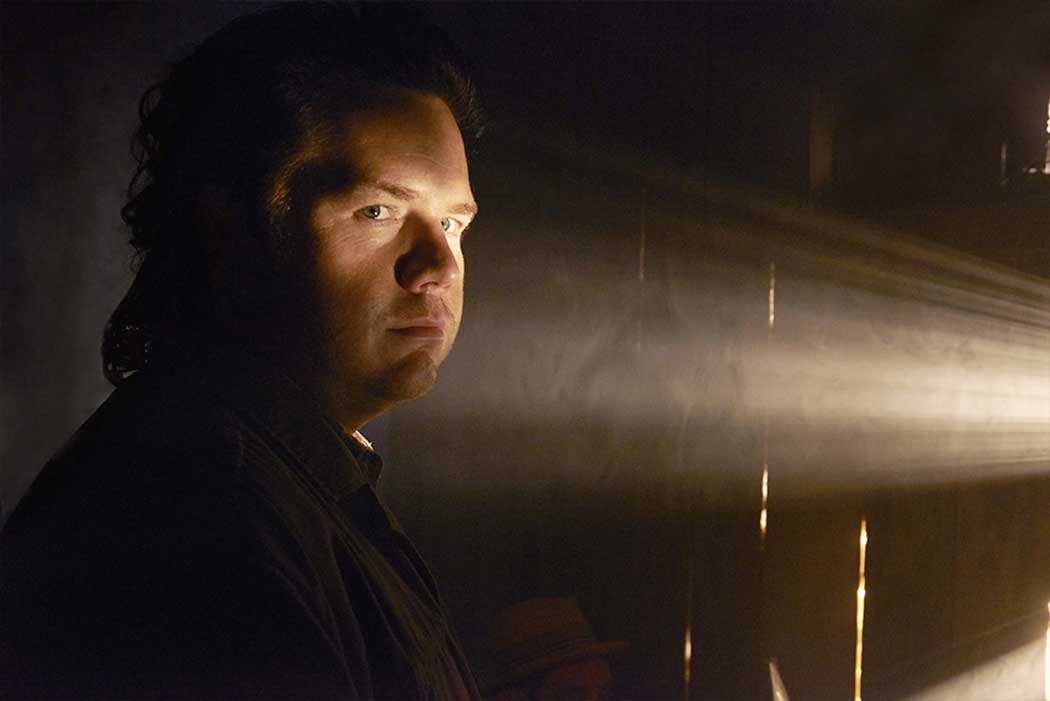When “The Walking Dead” returned with its fifth season premiere on October 12th, one of the plots already in motion concerned getting Dr. Eugene Porter to Washington D.C.. Porter has convinced his travel companions that he knows how to stop the zombie apocalypse; he just needs access to the right equipment and facilities. He explains his working hypothesis:
I was part of a 10-person team at the Human Genome Project to weaponize diseases to fight weaponized diseases. Pathogenic microorganisms with pathogenic microorganisms. […]I believe with a little tweaking on the terminals in D.C., we can flip the script. Take out every last dead one of them. Fire with fire. All things being equal, it does sound pretty badass.
It does, indeed, sound badass. But is it possible? Sort of.
The show posits (rather implausibly) a virus that remains latent until physical death as the agent that causes reanimation and “zombification.” Eugene’s strategy is to infect the zombies’ virus with another pathogen. That organism would attenuate or kill the zombie virus, and thus “de-animate” the zombies.
Let’s forget that the zombie apocalypse could never be caused by a virus, which would require a live host to exist. There are indeed microorganisms that can infect and kill other microorganisms.
Bacteriophages, more commonly called “phages” (derived from the Greek “to eat” – sort of like zombies, as it were) were discovered by Frederick Twort and Felix d’Herelle independently (in 1915 and 1917, respectively.) Phages are viruses that hijack their specific target bacteria’s DNA replication machinery, reproduce themselves rapidly then burst forth, killing the bacterial cell in the process. Felix d’Herelle, a microbiologist at the Pasteur Institute, was able to use what would become phage therapy to cure a patient’s dysentery. Despite its promise for treatment of bacterial illnesses, research on phage therapy was severely curtailed when the first classes of antibiotics were discovered in the 1930s and 40s. As the spreading of antibiotic-resistant bacteria has threatened to make some infections completely untreatable, phage therapy has made a small comeback, at least theoretically.
Weekly Newsletter
Can a virus have a “phage”? No one thought so until the discovery of “giant viruses” in 2003. They are extremely large physically and genomically, and some of these have been found to have their own satellite viruses that may make the giant virus sick: whether it’s interference with the physical integrity of the viral particle, or truncating the replicated DNA so that the virus cannot reproduce itself. These satellite viruses can be said to act virophagically on the giant virus they “orbit”. So if Eugene Porter’s going to end the zombie apocalypse, the virophage would appear to be the best tool for the job.
The field of giant viruses, and their satellites, is very young, and has significant implications for multiple areas of research. If a virus can get sick, is it “alive”? Can we harness virophages for dealing with our own viral pathogens? Whether or not Dr. Porter is successful, the complex reality of virophages is yet to be discovered.







